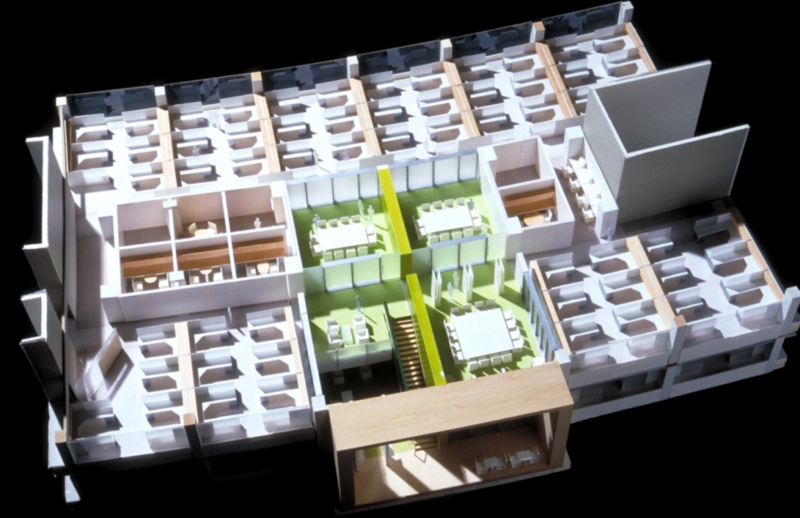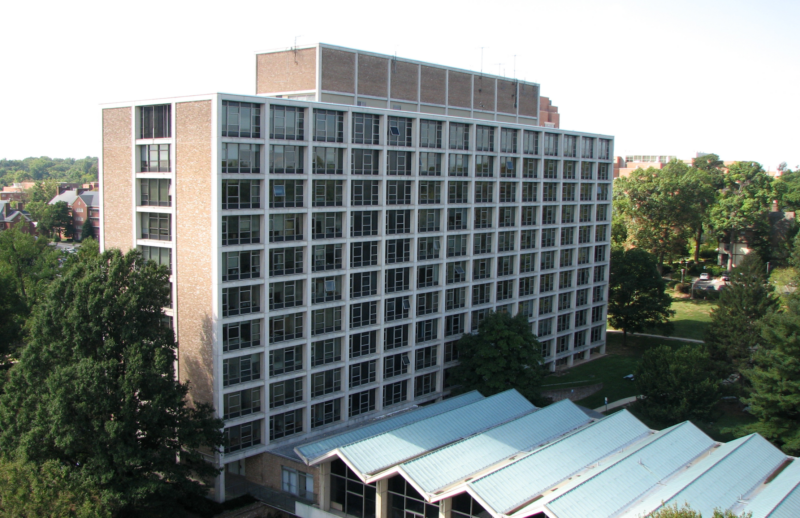
Capabilities
Feasibility Studies
MAP conducts studies that explore feasibility and cost effectiveness of additions, modifications, consolidations, modernizations and/or adaptive reuse projects. Detailed assessments of an agency's programmatic requirements and infrastructure needs are applied to creative solutions for architectural, structural, mechanical, security and IT systems.

These projects have many variables with implications on costs, efficiency, continuity of operations, environmental impact and implementation timeline. MAP develops fiscally appropriate alternatives and scenarios that present a variety of options to meet the client’s goals.
Success of feasibility studies depends on the ability to work collectively across multiple disciplines including but not limited to architecture, civil, structure, mechanical, electrical, plumbing, and circulation/ transportation trades. MAP has led teams with many of its core consultants that it had worked with for years. In recent years, MAP has further refined its feasibility teams to include specialized inspection professionals, audio-visual and informational technology experts, and security professionals to offer a richer and more nuanced analysis to its clients.
MAP has successfully executed feasibility projects that involve additions, modifications, consolidations, modernizations and/or adaptive reuse projects. Feasibility studies are often conducted after preliminary programming analysis. During the feasibility study, detailed assessments of an agency’s programmatic requirements and infrastructure needs are conducted. The opportunities and constraints of the site, the buildings, and the infrastructure are analyzed. The priorities and preferences of the stakeholders are recorded. Based on these parameters, the team develops multiple alternatives and a comparative analysis of the alternatives including challenges, enabling projects, phasing, schedule, costs, and return on investments. Impacts are also compared in terms of disruptions, health, and environmental impacts. Working interactively with the stakeholders, the team refines these alternatives for the next logical step – design development.
Our Unique Feasibility Study Skillset
- Detailed programmatic requirements analysis
- Stakeholder priorities and preferences
- Natural and built environmental analyses
- Site, infrastructure, and urban design context
- Constraints and opportunities
- Development alternatives
- Phasing and implementation schedule
- Disruptions and continuity of operations
- Cost, funding, and returns on investment
- Health and environmental impacts

